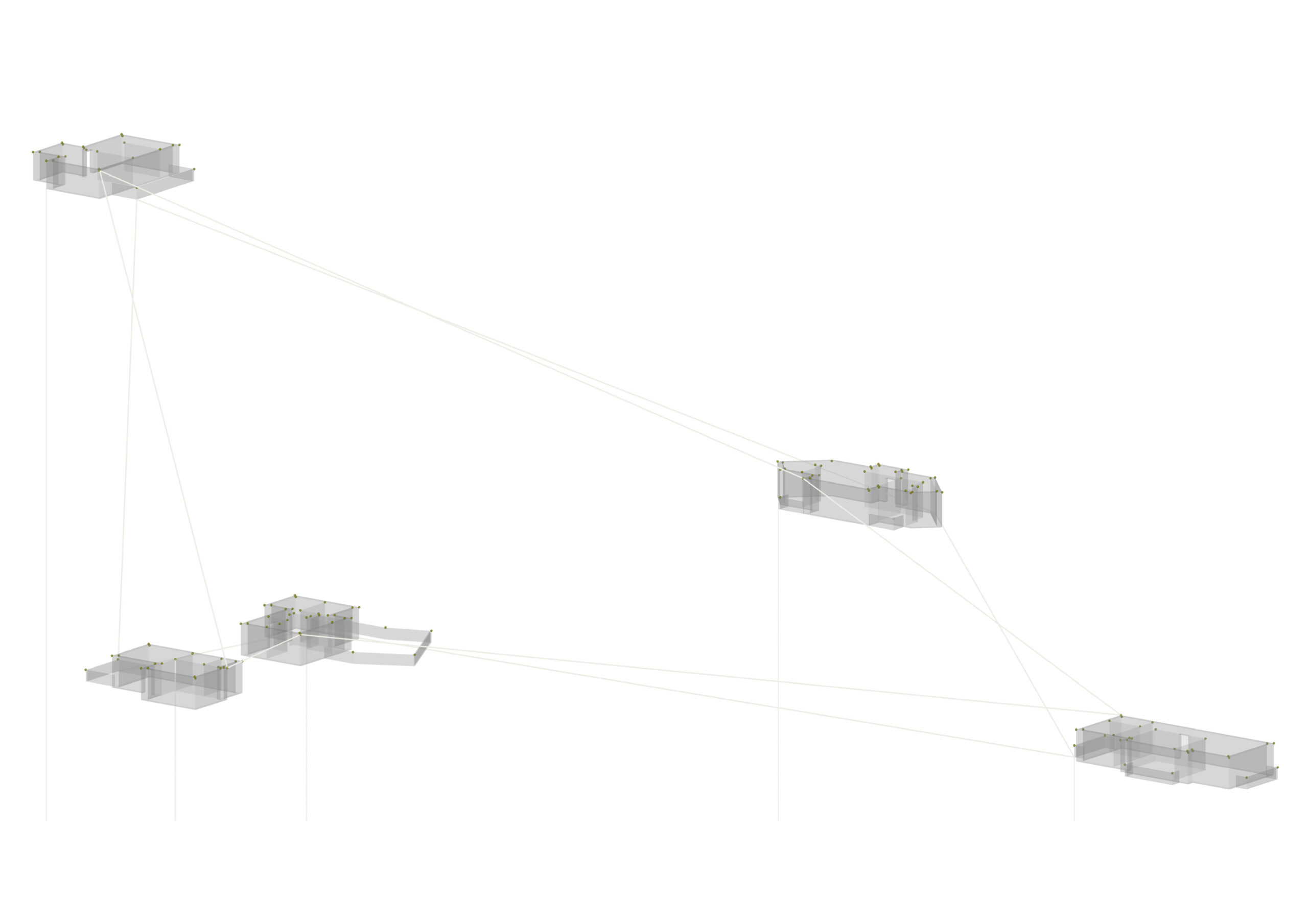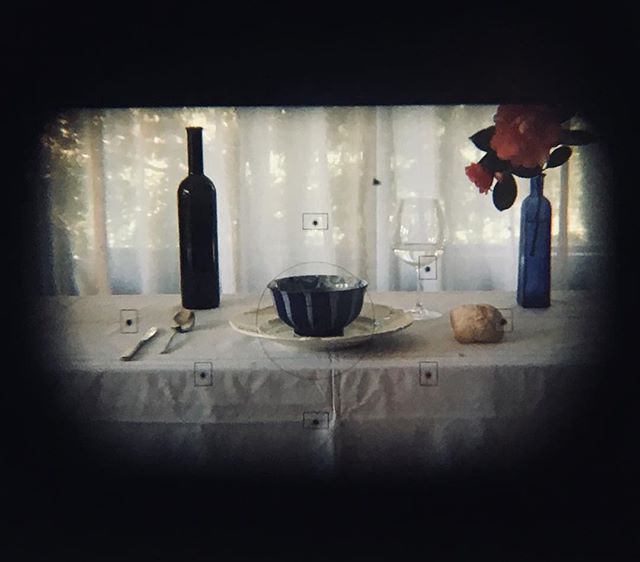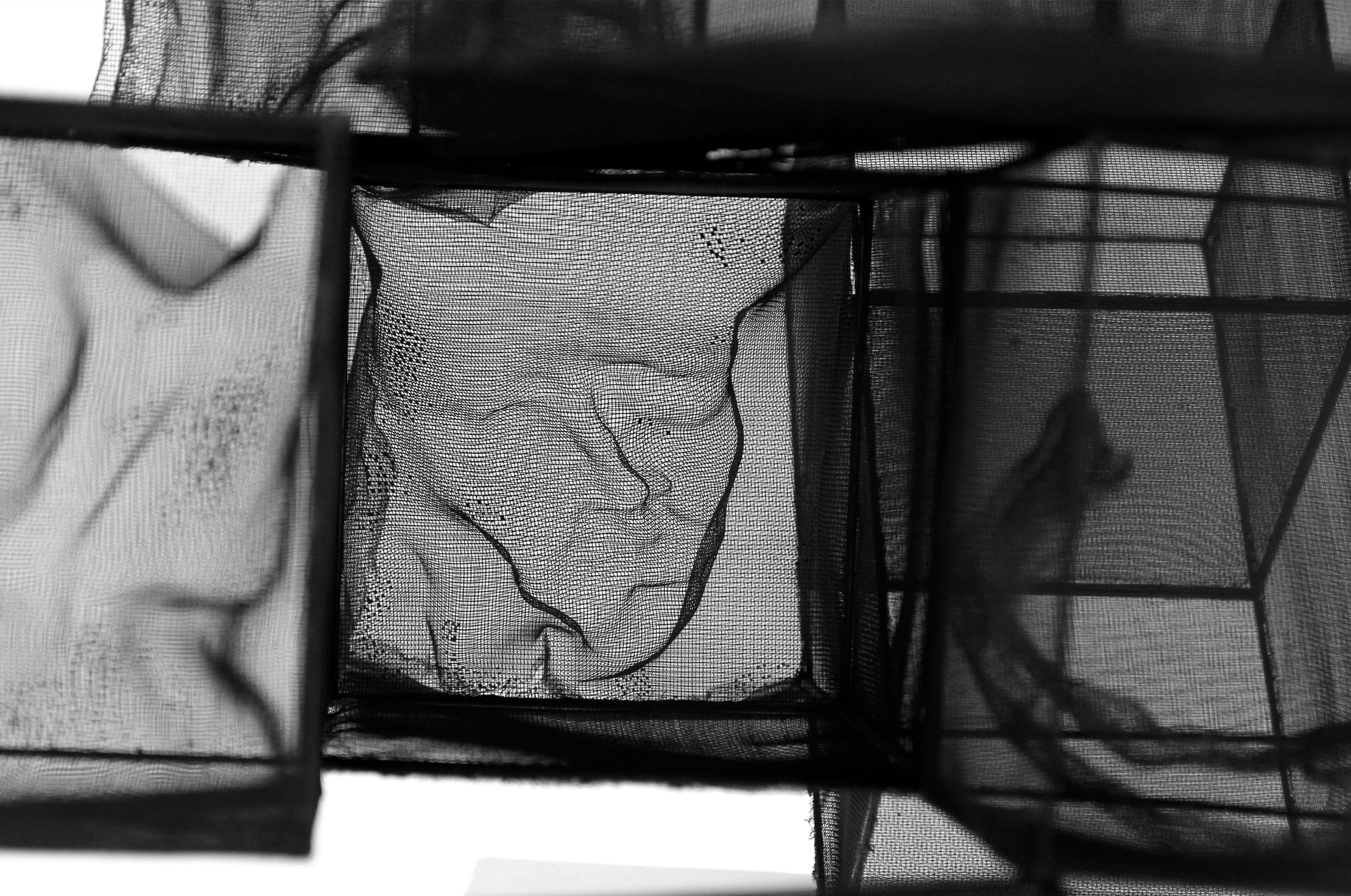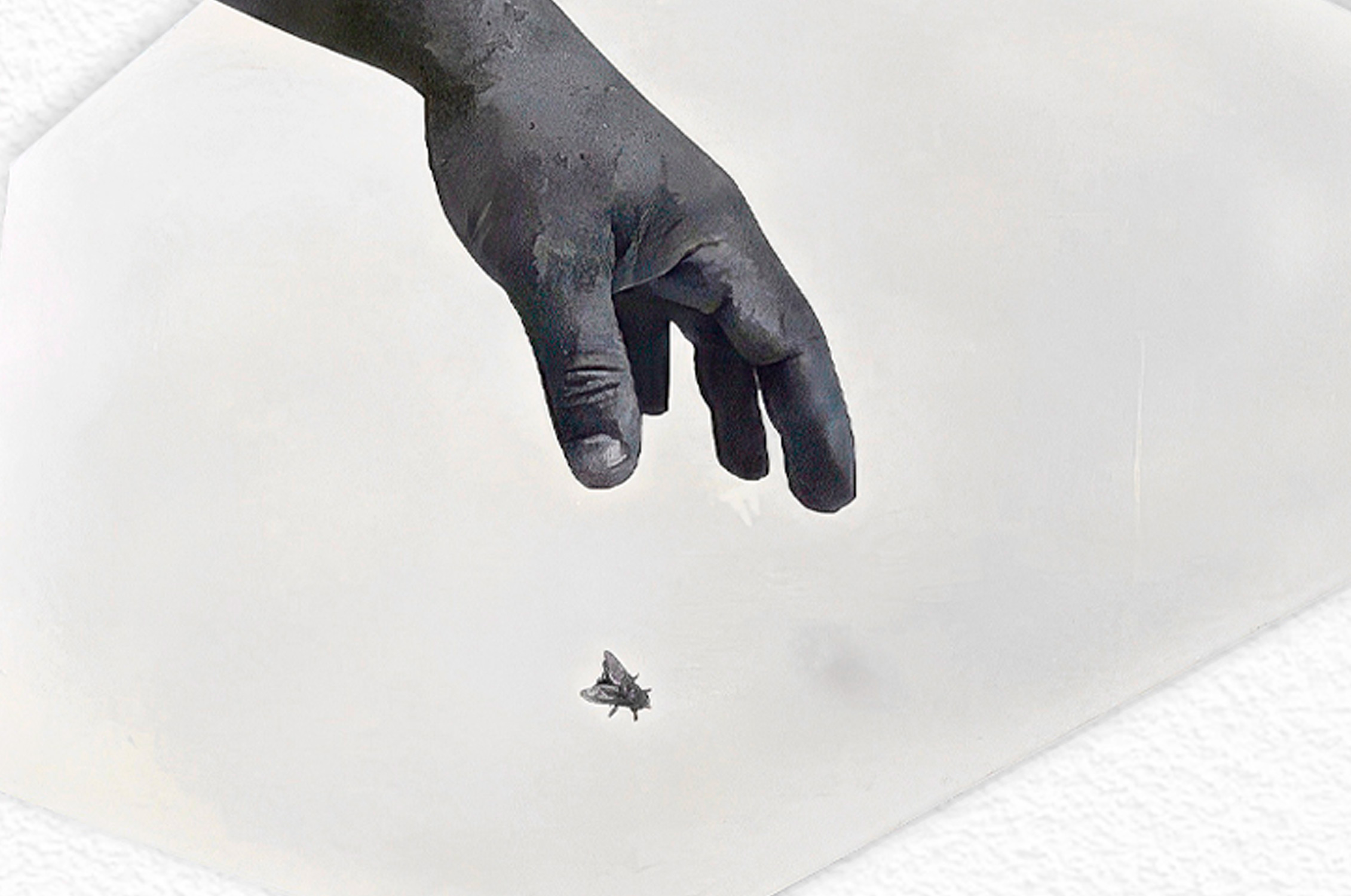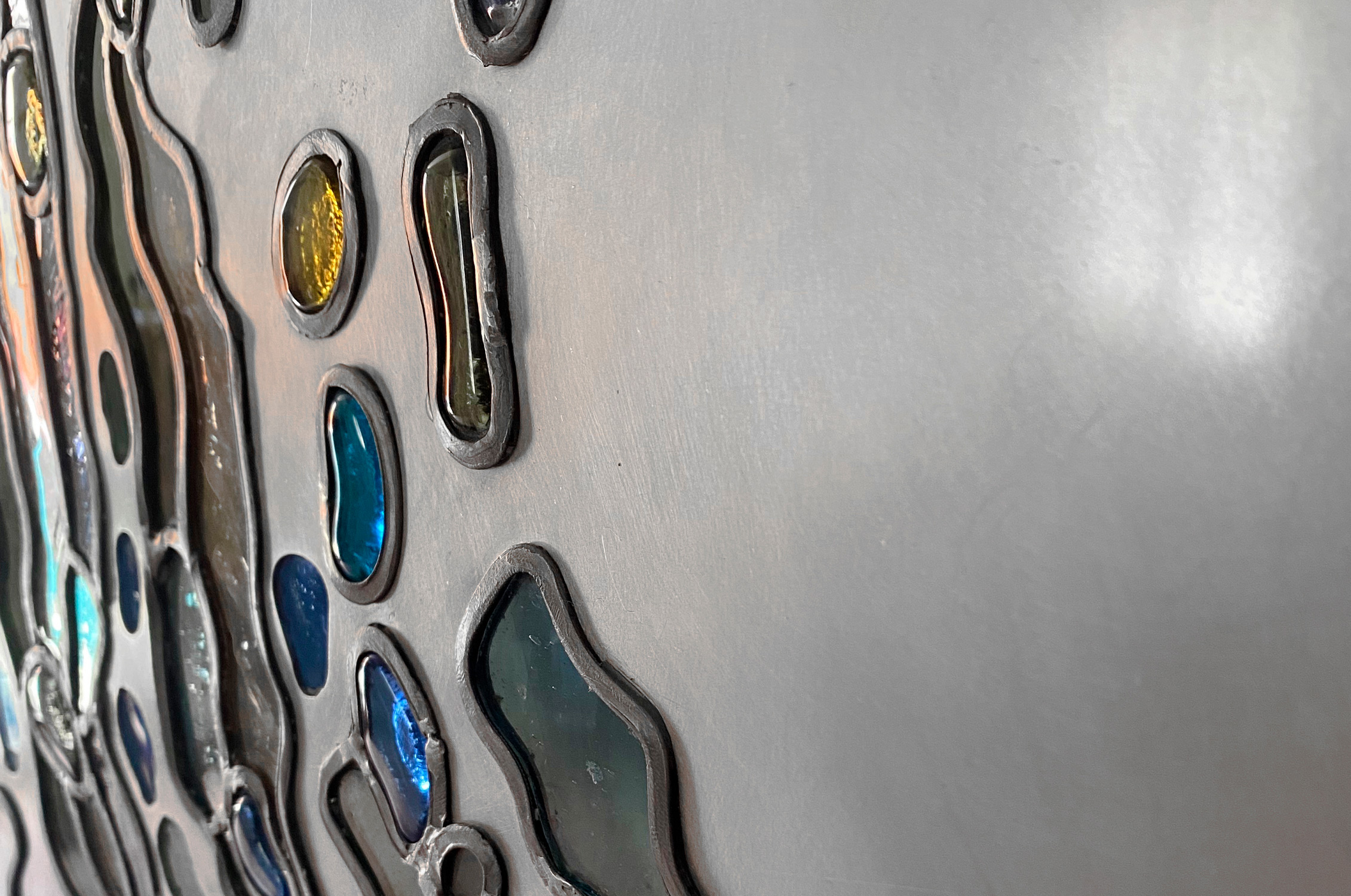COMEL AWARD VANNA MIGLIORIN 2023
Interview with Francesca Maroni
by Ilaria Ferri
Born on October 19, 1994, in Cittiglio (VA), she attended the Classical High School E. Cairoli and graduated from the Academy of Teatro alla Scala in 2015 as a theatrical makeup artist. Later, she enrolled at the Brera Academy of Fine Arts, where she earned both her Bachelor’s degree in Decoration and her Master’s degree in Sculpture with honors. She currently lives and works in Varese, and her artistic research revolves around and questions the profound meaning of dwelling.
The work “Sicut in caelo, et in terra,” a finalist in the 10th edition of the COMEL Award entitled “The Aluminium eXperience,” perfectly responds to the theme by discussing your life experience through Art. Strong ties are established not only through feelings but also through Art, technique (it is a brack casting fusion), and modern technology (we talk about the geolocation of places and maps to reach each of them). How did the idea of making this work come about?
The work “Sicut in caelo, et in terra” takes its starting point from a study of the territory I had previously made with Autocad during the lockdown period. I wanted to render an image of my feelings. I felt that near me, there were places inhabited by friendly people who could welcome me and make me feel at home. These, joined together, form a network, and if we imagine looking at them from above, they appear as a constellation.
The work’s concept, which was conceived in a digital dimension, was then rendered as a material sculpture.
Constellation inhabited, plates made with autocad
The work is characterized by lines that unite hemispheres (i.e., known and loved places) and a mirrored surface that multiplies connections and includes the viewer. There is a strong inclination toward the other. Is Art for you something that brings one closer and unites?
The propensity toward the other is inescapable in my life and personal history. I think Art is a fundamental means for bringing closer, uniting, and opening up to the other, and it can give the chance to create exchanges and interactions.
You state that your “artistic research is about and questions the deep meaning of dwelling.” This would seem to be a typical concept for the work of an architect or designer, but you apply it to Art. How? What conclusions has your research led you to so far?
My interest in the deeper meaning of dwelling comes from my sensitivity to the environment and how it affects the people around me. The theme of dwelling and home and the attempt to unravel its meaning are, in fact, central to my artistic research. The research starts with memories of my childhood evoked by a series of drawings from childhood found in old notebooks. I used to color the edge of the paper compulsively, taking care that not a single piece would remain without color; once I finished filling it, I would say that was a house. But what is the space, the one left white, inside the border filled with? Perhaps the house is protected, but at the same time, it is also a place that constricts and traps. Dwelling is connoted by solid emotional relationships and is linked to the idea of possession of walls that mark a space that we can step on and use at will. But what do we possess? What allows a wall structure to become home-dwelling? Mere possession of a physical place is not a satisfying answer concerning the meaning of dwelling.
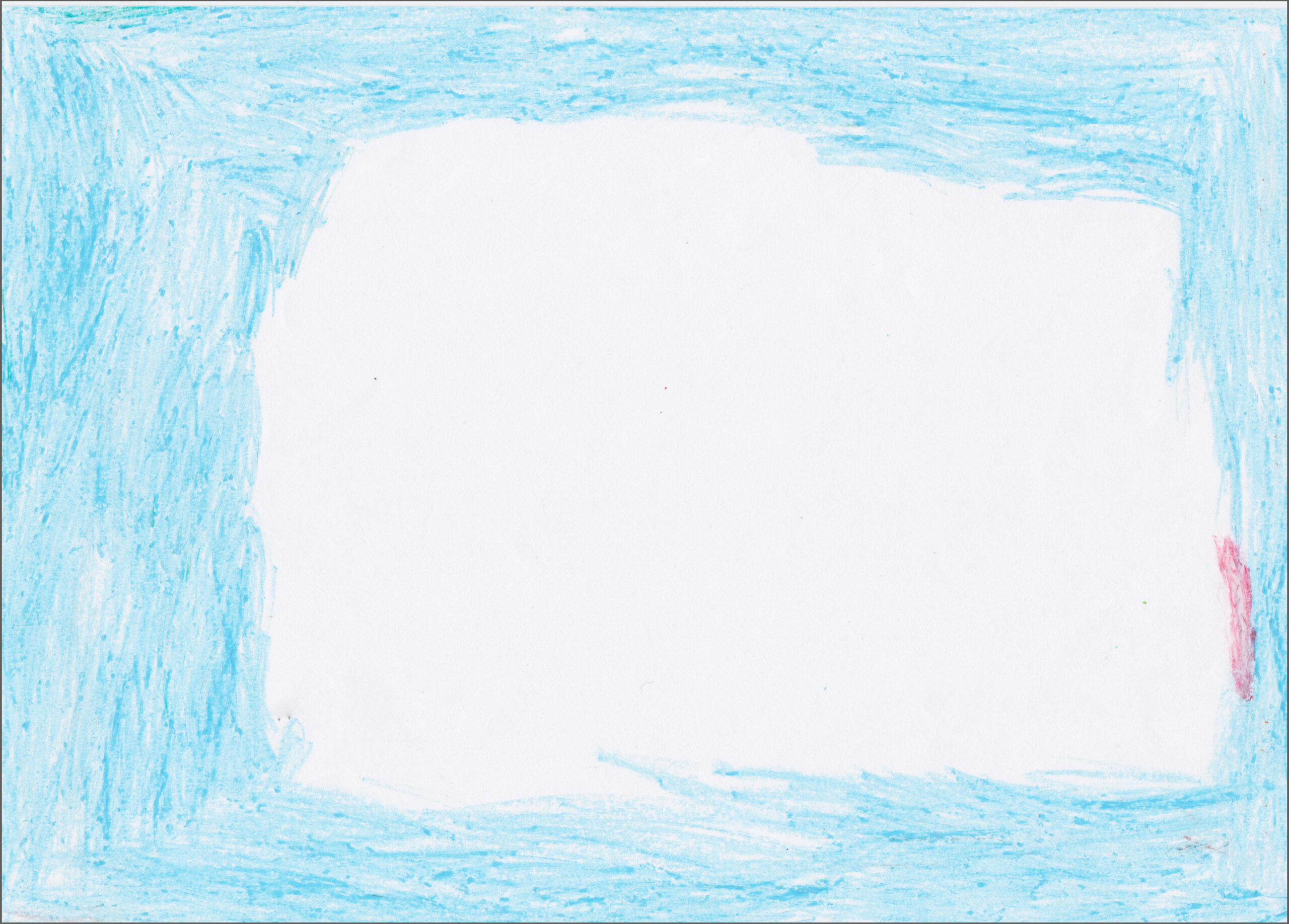
Home, childhood drawing
In the concept of “Sicut in caelo, et in terra,” you explain that the hemispheres that emerge from the merger indicate the location of friendly people’s dwellings and your own home; you state that they are “places that represent safety and shelter to me.” So, for you, do dwellings stand for care and shelter?
I wish dwellings were always synonymous with care and shelter, but that is not always the case. Home could also be synonymous with limit, “cage,” or a place in which we feel constrained but on which we somehow depend.
In talking about your path, you often cite childhood memories and the emotions attached to them, as if they had been an impetus to embark on a certain path. Were you always certain of what you would do? Or was it a process you realized in retrospect?
I was not always certain; it took me a long time to make the decision to pursue this path. Memories and emotions were and are constant supporters in my creative process.
In talking about your path, you often cite childhood memories and the emotions attached to them, as if they had been an impetus to embark on a certain path. Were you always certain of what you would do? Or was it a process you realized in retrospect?
I was not always certain; it took me a long time to make the decision to pursue this path. Memories and emotions were and are constant supporters in my creative process.
La table servie
You also graduated from La Scala Theater Academy as a theatrical makeup artist. Theater is another place inhabited by so many lives, so many characters, and so many situations. How did this passion come about?
My passion for theater originated because I have always thought of it as a microcosm inhabited by many lives, which collaborate and become necessary to make it come alive.


